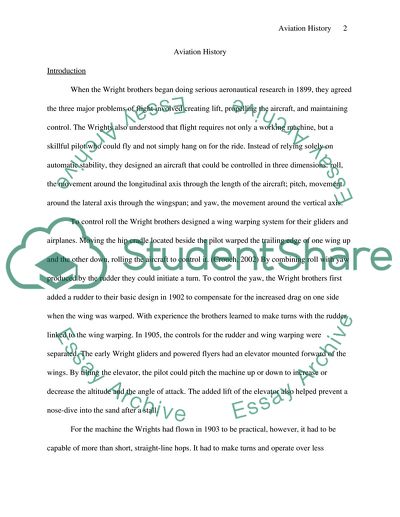Cite this document
(Role Of The Aviation In Shaping Our History Term Paper, n.d.)
Role Of The Aviation In Shaping Our History Term Paper. Retrieved from https://studentshare.org/technology/1747092-aviation-history
Role Of The Aviation In Shaping Our History Term Paper. Retrieved from https://studentshare.org/technology/1747092-aviation-history
(Role Of The Aviation In Shaping Our History Term Paper)
Role Of The Aviation In Shaping Our History Term Paper. https://studentshare.org/technology/1747092-aviation-history.
Role Of The Aviation In Shaping Our History Term Paper. https://studentshare.org/technology/1747092-aviation-history.
“Role Of The Aviation In Shaping Our History Term Paper”, n.d. https://studentshare.org/technology/1747092-aviation-history.


